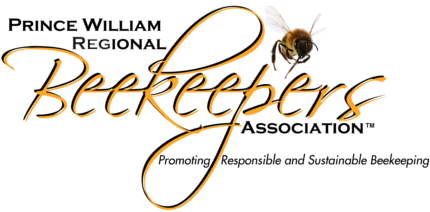We all know mites peak in Summer, but here is more evidence of increased threat from neighboring colonies, and possibilities of re infestation. Consider that your beekeeping practices effect your neighbor’s colonies.
New work shows the risk of invasion from neighboring colonies, especially in areas of high density of beekeeping
The honey bee parasite Varroa destructor Anderson & Trueman can disperse and invade honey bee colonies by attaching to “drifting” and “robbing” honey bees that move into nonnatal colonies. We quantified the weekly invasion rates and the subsequent mite population growth from the end of July to November 2011 in 28 honey bee colonies kept in two apiaries that had high (HBD) and low (LBD) densities of neighboring colonies.
Over the entire 3.5-mo period, we recorded a total mite invasion rate of >3,200 mites into the seven treated colonies at the HBD site. This was a nearly fourfold higher number compared with the LBD apiary, although significant site-specific differences in the weekly invasion rates were identified only after midAugust. The latter confirms earlier studies assuming that Varroa invasion is triggered by cessation of the nectar flow in late summer and the subsequent increase in robbing among honey bee colonies. Because of intensive extension services and the well-organized beekeeping association in this state, local beekeepers are very much aware of the need for late summer treatments and the vast majority try to follow these recommendations.
Despite these good advisory services and long-term experience of beekeepers in treating Varroa, we still recorded a dangerously high invasion pressure at the HBD site from mid-August through mid-October. This leads to reinvasion of mites in previously treated colonies as is demonstrated by our largely mite-free experimental colonies. One can assume that the invading Varroa mites come from more highly infested colonies of neighboring apiaries. Invasion, coupled with subsequent reproduction by invading mites, can be a substantial problem for beekeepers who treated their colonies earlier, giving them a false sense of security. It also might explain, at least in part, unexpected winter mortality of colonies belonging to experienced beekeepers who have performed Varroa treatments according to recommendations (Le Conte et al. 2010).
Frey, E., & Rosenkranz, P. (2014). Autumn Invasion Rates of Varroa destructor (Mesostigmata: Varroidae) Into Honey Bee (Hymenoptera: Apidae) Colonies and the Resulting Increase in Mite Populations. Journal of Economic Entomology, 107(2), 508-515.
http://www.bioone.org/doi/abs/10.1603/EC13381
